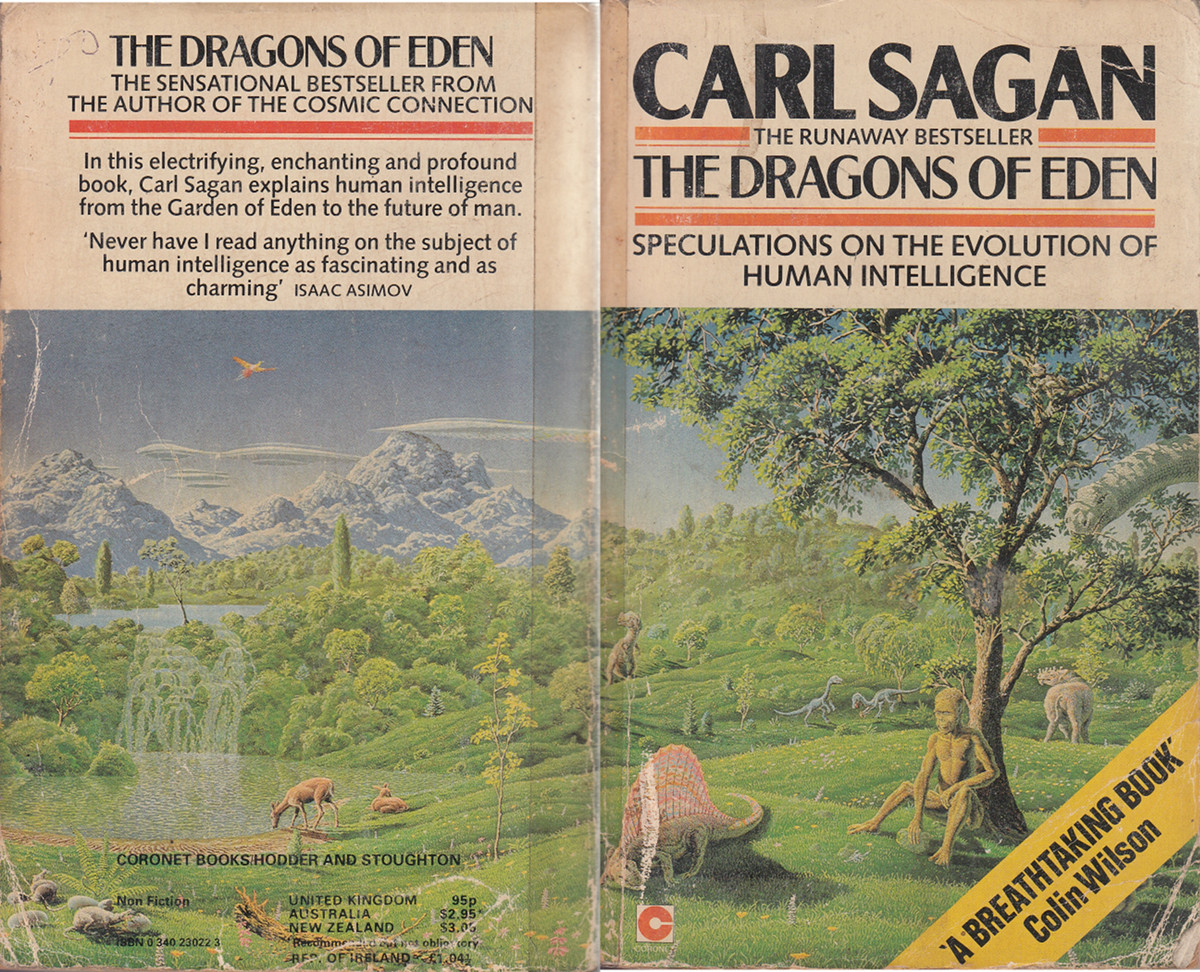 .
. 
Somewhere on my feeds, I came to know about a movie named Annihilation starring Natalie Portman. The review was good, and it mentioned that the movie was based on a book of the same name by Jeff VanderMeer. So, I was in two minds whether to read the book first and then watch the movie or vice versa. I decided that I will read the book first and then watch the movie. Now that I have done both, here is a review of them, with important differences and my reflections about them.
Warning: Spoilers Ahead
We start with the book first, this will help us create a baseline, on which to review the movie. The book starts with the biologist and three of her team members (a psychologist, an anthropologist, a surveyor) initiated into a region known as Area X. Now, apparently bizarre things have happened inside the Area X, (perhaps a tribute to the X-files). And there is a border which separates Area X from the normal world. Now according to the book, this border is invisible. The team is trained for a prolonged period for their mission in a variety of situations with the psychologist as their lead. As they enter the perimeter of Area X, the linguist backs out (hence only a team of 4). Now through the book, the characters are almost never referred by their proper names, and it is part of the design of the training that it is that way. The idea behind this it seems is to make the mission impersonal, without including their biases.
> Besides, we were always strongly discouraged from using names: We were meant to be focused on our purpose, and “anything personal should be left behind.” Names belonged to where we had come from, not to who we were while embedded in Area X.
This is an all female team, with only the surveyor having any military skill. Each one of the team members is given a weapon and basic camping equipment. They are not allowed to take any electronic or advanced technological equipments (digital cameras, for example). They say there is a reason for this, but it is never explained. Anyways, the team hikes for four days to reach the “base camp”, but none of them remembers crossing the perimeter into Area X, which they find strange. This is the camp set up by the earlier expeditions. Now, during the training, they have been trained with the map of Area X, where a lighthouse is where the team members get their bearings. One the first day at the base camp, they discover another artefact which is completely missing from the maps. This is what the biologist calls a “tower”, while others prefer to call it a “tunnel”. This structure “tower/tunnel” is a core part of the book. It appears as a round cylinder about 60 feet in diameter and 8 inches above the ground. There is an “entrance” due North of the tower. And it leads to a chamber below, the structure seems to be made of stone and the next day team ventures to explore it (descends into the spiralling staircase). When they are at a level below, the biologist discovers words on the wall of the structures which are glowing. The words read:
> Where lies the strangling fruit that came from the hand of the sinner I shall bring forth the seeds of the dead to share with the worms that…
When the biologist gets closer to see what the words are made of (What are words made of anyway? Is the medium that gives the words their physicality matter?), she discovers that it is made of “Some sort of fungi”. In the process of looking at the words closely, a nodule bursts open and she inhales the spores that emanate from it. She hides this from the surveyor who is accompanying her. Now the biologist is unaware of how the inhaling of spores might affect her. They return to the base camp and agree to proceed the next day. In the meanwhile, the biologist notices something strange about the psychologist. It turns out the psychologist has been hypnotising the team members to control them since their training began. But somehow, due to the effect of the spores she has herself become immune to her hypnosis. She plays the role as if she is getting suggested by the hypnosis, covering that she is immune. Now the next morning, the biologist and the surveyor discover that the anthropologist is missing. The psychologist tells them that the anthropologist decided to go back. The biologist knows somehow it is not true.
The remaining team goes back to the “tower”, this time with breathing gear and masks. The psychologist refuses to enter the “tower” citing that the entrance must be guarded. The surveyor and the biologist descend into the tower. Now inside the tower, due to the biologists inhaling of the spores, she perceives it differently. She now can understand and look at the tower as a living organism, breathing with a heartbeat. While the surveyor is completely oblivious to this perhaps due to the hypnotising effect of the psychologist.
> I got my shit together because we were going to go forward and the surveyor couldn’t see what I saw, couldn’t experience what I was experiencing. And I couldn’t make her see it.
They see more writings on the walls of the tower as they descend further. They find that the script is “fresh” as they descend lower. They conclude that
> Something below us is writing this script. Something below us may still be in the process of writing this script.
They continue further, till they find something. There are strange ciliated feet markings on the stairs, which the biologist calls a “Crawler”. This something is the dead body of the anthropologist, with strange feet markings. The body is in disarray with her skull split open, and variety of organisms making her body their home. She is carrying her vials, and one of the vials has a sample which the biologist promptly collects. Contemplating on the “something” that might have killed her they decide to return to the top. They also discover another set of footprints which they conclude must be of the psychologists’.
In between all these events, there are flashbacks, to the time before the expedition. Telling us about the previous life of the biologist, how she was aloof even when in a crowd. Her fascination with an overgrown swimming pool, full of life. Her strained relationship with her husband, who is part of an earlier expedition. Her husband decides to volunteer for going to Area X and leaves her. There is no news about him or from him until one day he suddenly returns. He is not himself. The biologist can tell that something is missing. The next day, the people from Southern Reach come to pick him up, and he goes with them without any confrontation. But the biologist does not feel sad about this:
> Seeing him leave I felt mostly a sense of relief, to be honest, not guilt at betrayal.
With that background, the constant connect with her husband and her past life is brought to the narrative. When the surveyor and the biologist come back to the top of the tower, the psychologist is nowhere to be found. When they return to the base camp, she is neither there. And the psychologist has taken up all the weapons with her along with most of the rations and disappeared. They then try to make sense of the photos and samples that they have collected in the tower. But the photos are a riot of colours, which the surveyor finds rather disheartening. While the biologist discovers that the vial which she collected from the dead anthropologist has cells of the human brain. In all this, the biologist decides to go to the Lighthouse which seems to be the source of all the activity. The surveyor decides that she will stay back at the camp.
The biologist starts her journey to the lighthouse, on the way she sees the abandoned village, which is mentioned in the maps. There she finds that there are human like forms of trees, which are seated on a table. In all this while she feels “brightness” within her. She is changing. Due to her exposure to the spores from the words in the tunnel. She recalls her past experiences and the current ones and tries to make sense of things around her, things happening to her, things that have happened to her. As the biologist approaches the lighthouse, the area around it is desolate, and the lighthouse is seen as a fortification. Carefully, being aware that the psychologist might be there to kill her she enters the lighthouse. Everywhere she sees blood and signs of violence all through to the top of the lighthouse. Just before the top, she looks at an old photo of a person, whom she calls the lighthouse keeper. At the top, she discovers that a lot of information was kept from her and the team members regarding Area X. There were many more expeditions, as the huge cache of personal journals from previous expedition members reveals, rather than just 11 that the team was told about. She finds the journal of her husband and then departs from the lighthouse. While going down, she notices the psychologist at the bottom of the lighthouse. When she goes to her, she is on her deathbed. A fungi kind of substance has covered her arm. The psychologist utters the words “Annihilation” in desperation many times over to the biologist. She admits that she tried to kill the biologist with a gun as she was approaching the lighthouse, but her hand would not let her do it. The psychologist tells the biologist that she has changed, she sees her like a flame. It is this brightness that the biologist is talking about. She answers some questions like she took the anthropologist back to the tunnel to take samples from the Crawler under hypnosis, but anthropologist went too close to the Crawler and got killed in the process, but refuses to answer many other questions. She also tells the biologist about entries in her husband’s journal. After she has passed, the biologist takes whatever documents that the psychologist has with her. This includes a list of suggestive hypnotic keywords to be used on the team members. Annihilation in this list means “help induce immediate suicide”.
While returning from there it is already nightfall, and the biologist can see the changes in her own body. The glow is visible. While coming back, she almost encounters the beast which is responsible for the moans that they have been hearing since they came in. She spends the night on a tree, with her skin glowing. Next morning, she starts her journey towards the base camp. When she is very close to the base camp, she is shot at twice by the surveyor. The surveyor is in a frenzy, to kill the biologist. The “brightness” in the biologist start to heal her and gives her super sensing ability. With these, the biologist kills the surveyor and returns to the base camp. At the base camp, she finds that the surveyor has destroyed almost all of the basecamp and laid waste any water and food that might be there. All the papers and journals are burnt.
The biologist does an analysis of the samples that she has collected and mutations of human form emerge. The brightness in her is healing the bullet wounds, and making the biologist feel better. She thinks that due to the diversion of healing her wounds, the brightness (her mutation?) has stopped growing. She reads her husband’s journal, which she finds is mostly written for her with her pet name “ghost-bird” appearing several times over. The next day she decides to go to the bottom of the tower to find the Crawler. She takes a mask with her, as she enters the tower, her skin starts to glow and responds to the walls which are also glowing. The words are getting fresher and fresher as she goes to the lower levels. Finally she comes to the place where the Crawler is still working. The encounter with the crawler
> No words can … no photographs could …
The biologist survives the encounter, due to the mutations already in her. The Crawler consumes the inner self of the biologist in a sense, which gets a hold over her inner person. She passes out several times during this:
> What can you do when your five senses are not enough? Because I still couldn’t truly see it here, any more than I had seen it under the microscope, and that’s what scared me the most. Why couldn’t I see it?
Finally when the ordeal for her is over:
> It is not that I became used to the Crawler’s presence but that I reached a point—a single infinitesimal moment—when I once again recognised that the Crawler was an organism. A complex, unique, intricate, awe-inspiring, dangerous organism. It might be inexplicable. It might be beyond the limits of my senses to capture—or my science or my intellect—but I still believed I was in the presence of some kind of living creature, one that practised mimicry using my own thoughts. For even then, I believed that it might be pulling these different impressions of itself from my mind and projecting them back at me, as a form of camouflage. To thwart the biologist in me, to frustrate the logic left in me.”
The idea of the Crawler as some sort of creature which can mutate organisms and can mimic their thoughts is interesting. After this biologist continues to go down the tower, at the end of it she sees a door of light. But she is somehow unable to continue to this door, and start the journey back dreading the draining encounter with the Crawler again. But this time, the Crawler does not show any interest in her and lets her go. While going back she takes a last look at the Crawler, and sees a glimpse of the familiar face of the lighthouse keeper in the crawler. How did this happen? Somehow did the lighthouse keeper become the Crawler? What made this change? The answers to these questions are not given.
> When you are too close to the centre of a mystery there is no way to pull back and see the shape of it entire.
Finally, she emerges out from the tower. The book is the journal entry of the biologist.
> Observing all of this has quelled the last ashes of the burning compulsion I had to know everything … anything … and in its place remains the knowledge that the brightness is not done with me. It is just beginning, and the thought of continually doing harm to myself to remain human seems somehow pathetic.
The biologist tells us that she is leaving to explore the further reaches of Area X as the last entry in the journal.
Thus we see that the entire book, no names are referred to. Overall the sense of mystery about the origin and purpose (if any) to the events are left mostly unanswered. The above quote captures it very well. Overall I found the book satisfying read.
Part 2: The Movie
Now, that I had already read the book, I turned to the movie. The first start thing that you notice in the movie is the use of names, which is in complete contrast to the book. Also, the border which is invisible in the book, is shown as a “shimmer” in the movie. The idea that the psychologist is hypnotising the team members is also missing. In the movie the biologist (Lena, played by Natalie Portman) has also had military training. The team members in the movie are a biologist, a physicist, a medic, a psychologist, and a geomorphologist. Area X is identified as an anomaly which is increasing its range with time. All the missions/expeditions to the area have failed and no one except the biologists’ husband has returned. Unlike in the book, the Southern Reach gets to the husband in a rather aggressive way and it is at the same time they take in the biologist. In the book she volunteers herself to go in.
When they reach Area X, they become self-aware only after 3-4 days have passed and none can explain how the time was lost. As they are going towards the basecamp (in the movie it is an army base not a tent camp) they are attacked by an alligator with a different morphology. In the base camp they discover that the earlier expedition members are cutting open one of their own and showing his intestine moving like a different creature. None of the team members knows that the medic in the video is the husband of Lena. They become shocked after seeing the video and take shelter in a watchtower. To keep a watch, the psychologist is at a post on the ground. I could never understand this logic. If you are already on a watchtower, why the hell do you need a watch on the ground. Due to the noise the group wakes up and a mutated bear takes away the geomorphologist. Next day, they continue their journey towards the lighthouse. They stop at the village with the human-looking forms of the trees. The physicist explains that Area X is refracting everything from radiation to the DNA and hence it is causing so much mutations. Here biologist discovers that she is mutating too and that is when the medic ties all three of them and starts asking them questions. She discovers that the video of cutting open from the previous expedition has Lena’s husband in it. She wants answers, that is when she hears the geomorphologist call for help. She rushes to help her only to be attacked by the same bear. The bear comes up, and it is revealed that the bear is responsible for the voice of help. The medic comes back to attack the bear, but bear kills her. In the meanwhile, the physicist becomes free and kills the bear. The psychologist leaves for the lighthouse immediately in the middle of the night.
In the morning the physicist wanders off, leaving Lena alone. Lena then starts the journey to the lighthouse. There are several crystal trees before the lighthouse on the beach. She discovers the body of her husband at the lighthouse, which is recorded by the doppelganger of her husband. She goes inside a hole which seems to be the origin of the event. There she discovers the psychologist being consumed by the “Crawler”. The “Crawler” makes a copy of her by drawing a drop of her blood and takes a humanoid form. She tries to go out of the lighthouse but the humanoid form stops her from doing so. The humanoid form otherwise mirrors her actions. Finally, she takes a phosphor grenade and gives it the humanoid form which one her touch changes to her doppelganger. The grenade explodes and sets the “crawler” on fire. The fire burns everything and destroys all the mutations it has cause and brings down the shimmer. The movie begins and ends with the interrogation of the biologist about how she brought down the shimmer and was still alive.
The movie has advanced technology with the expeditions ( digital recorder, memory cards). Most importantly, in the movie, there is no mention of the tower or the running glowing script in it, which I found the most annoying. In the movie, the entire action takes place at the lighthouse. Also, killing of the creature and cease of the mutations was not needed, I personally found it too anthropocentric. Also, no explanation of the title of the movie is given. Overall, after reading the book, the movie is really disappointing to watch. It neither has the depth of the plot nor the philosophical or existential questions that permeate the book. In perhaps making the movie audience-friendly, the scriptwriter annihilated the core ideas in the book which made it special.
TIL you can kill a time-space warping, an interstellar traveller with a phosphor grenade, begin stocking right now!
I am now onto the second and third part of the Southern Reach Trilogy: Authority and Acceptance. Will post reviews of them once I am done, and surely we will not be seeing movies made based on them in the time I complete my readings.


![]()



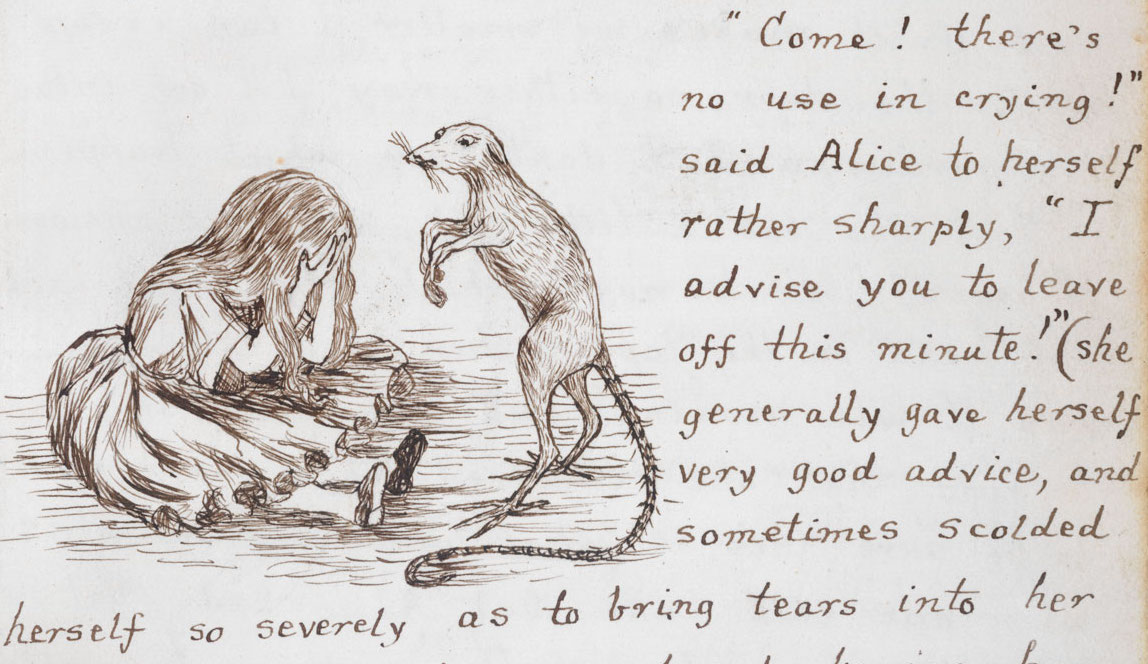
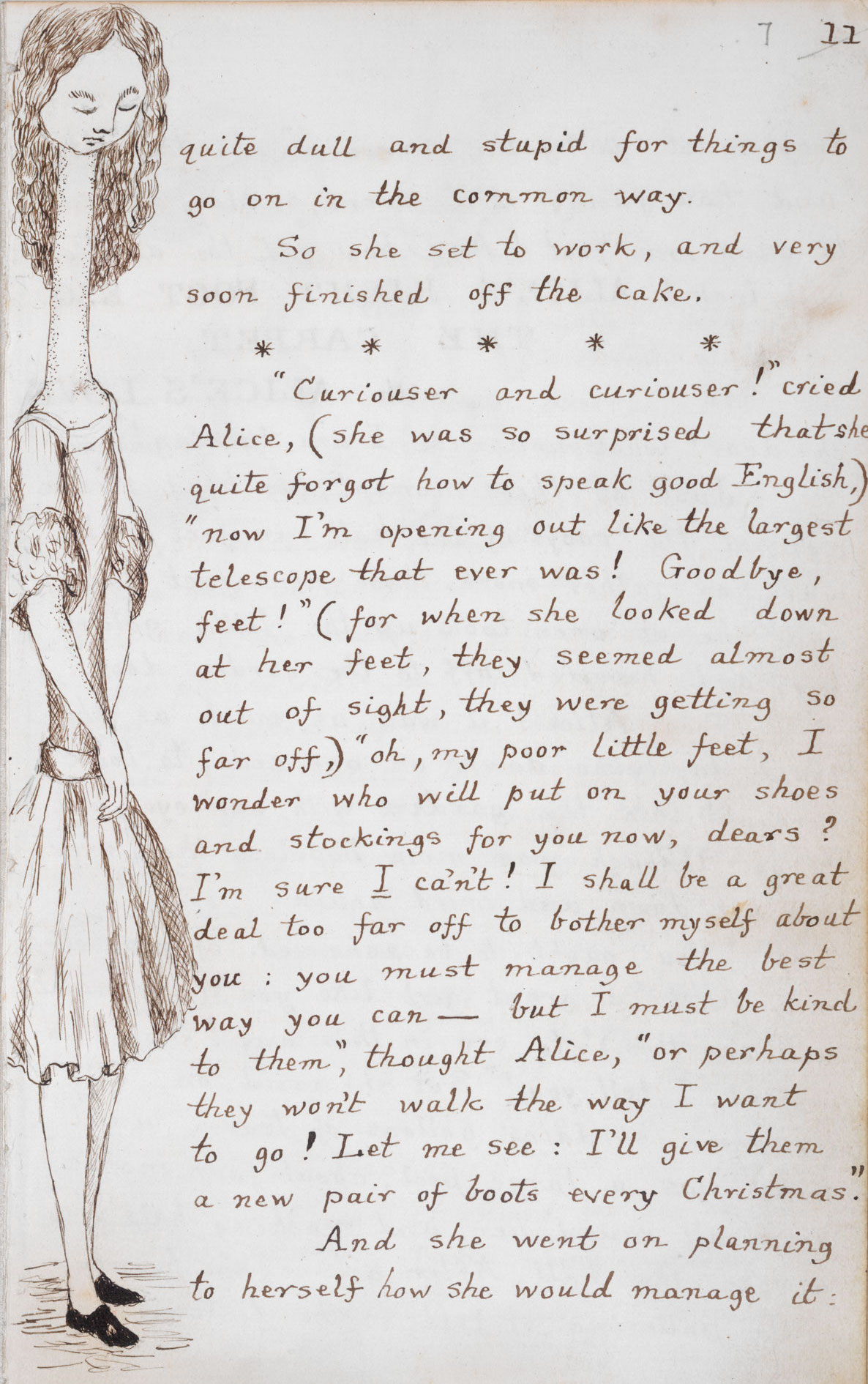

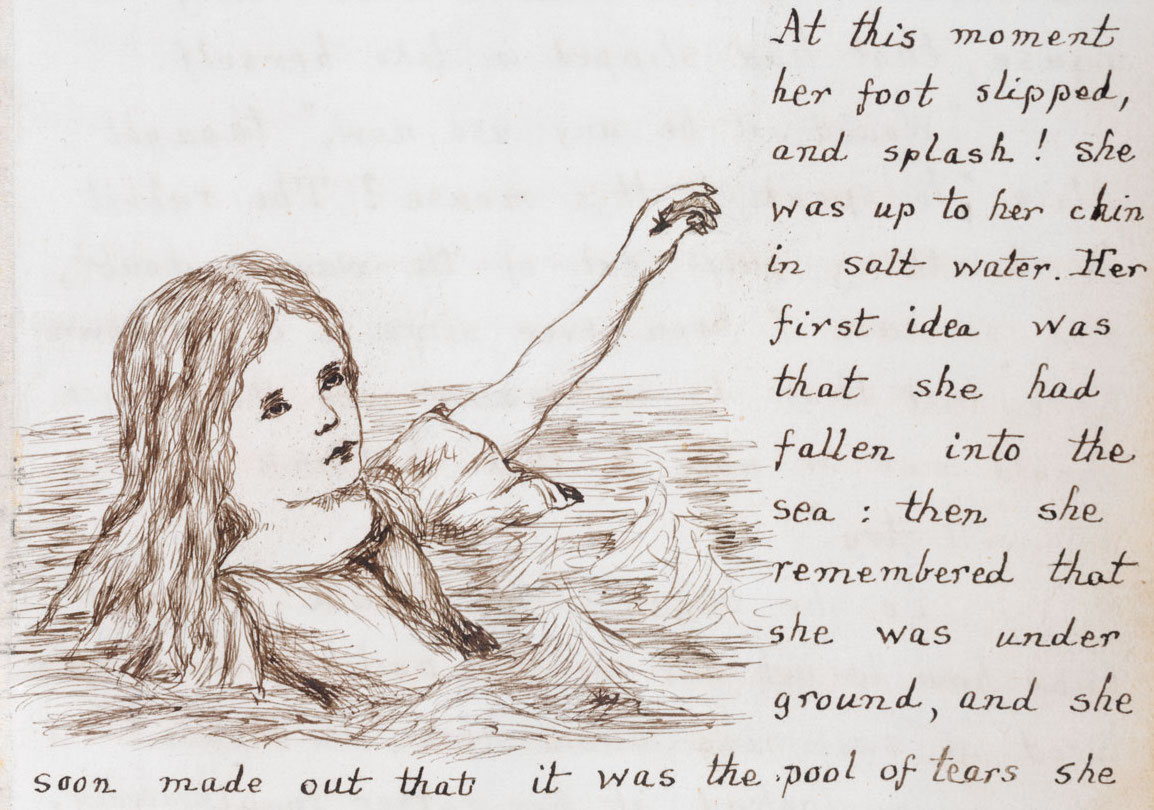
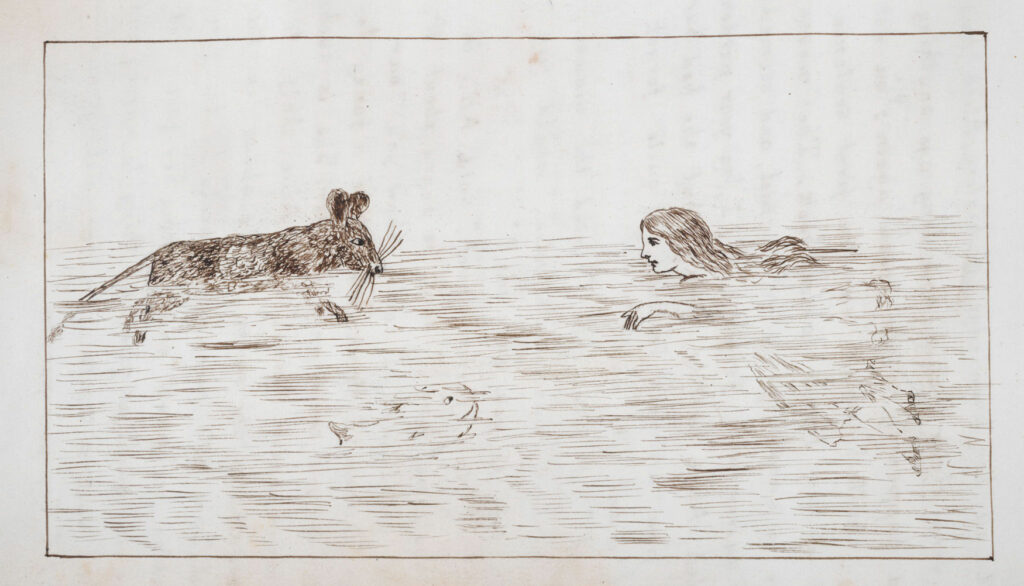
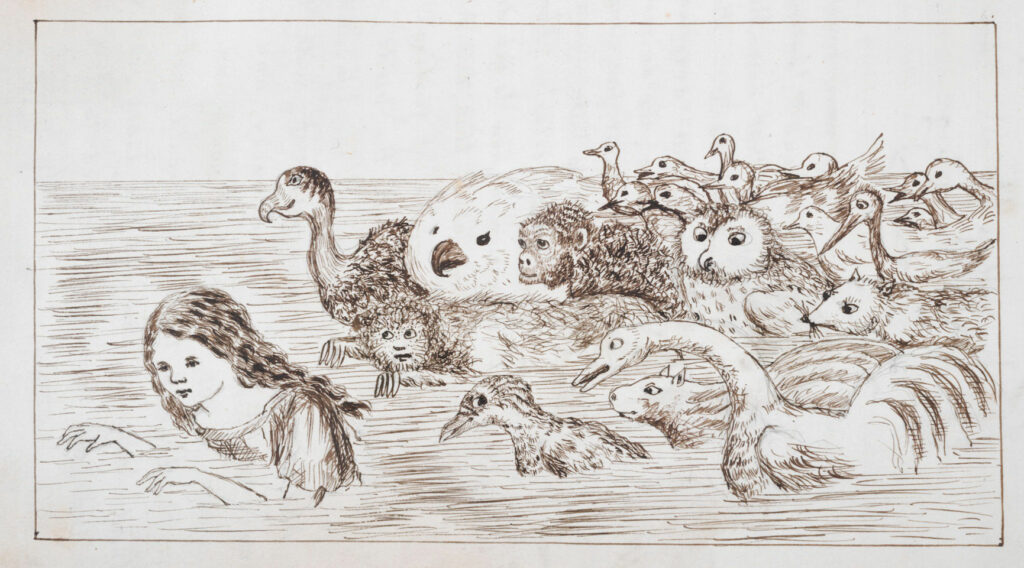

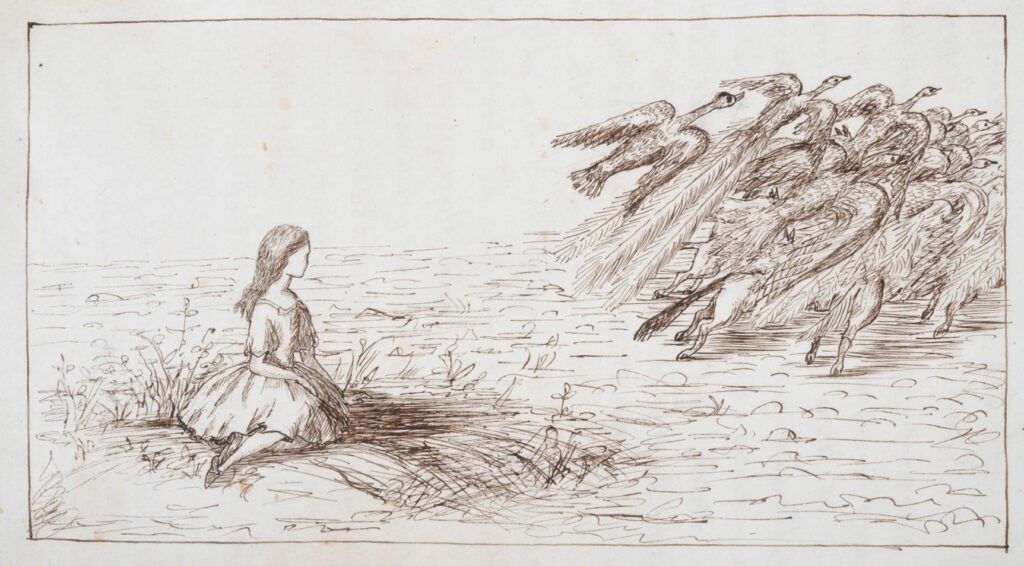
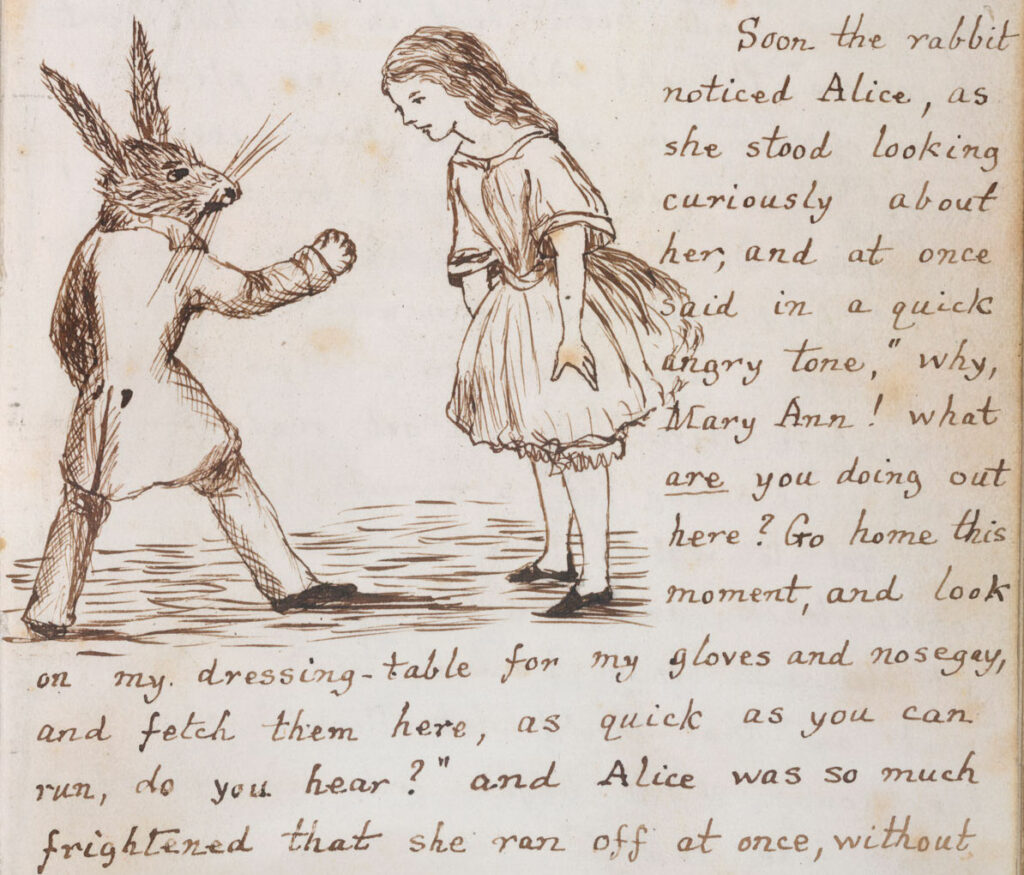

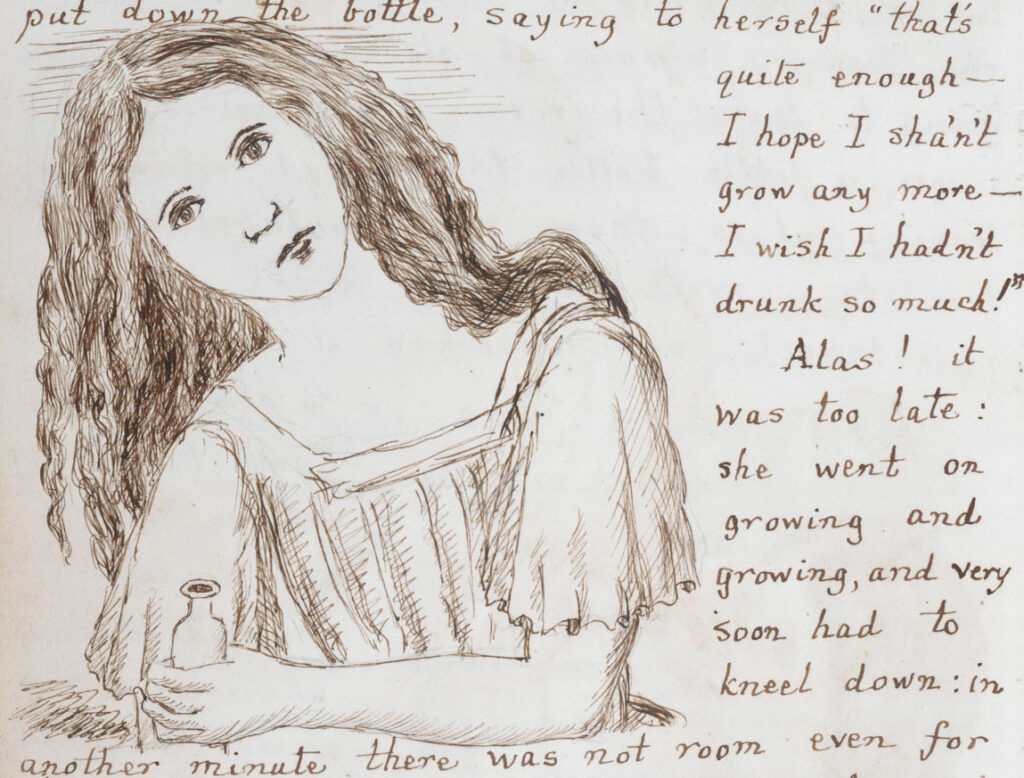






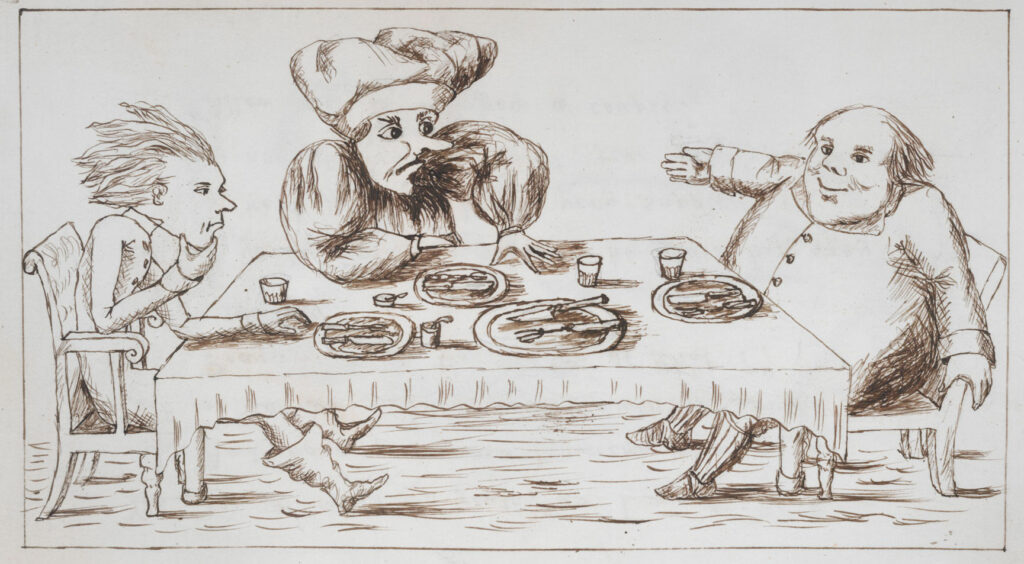
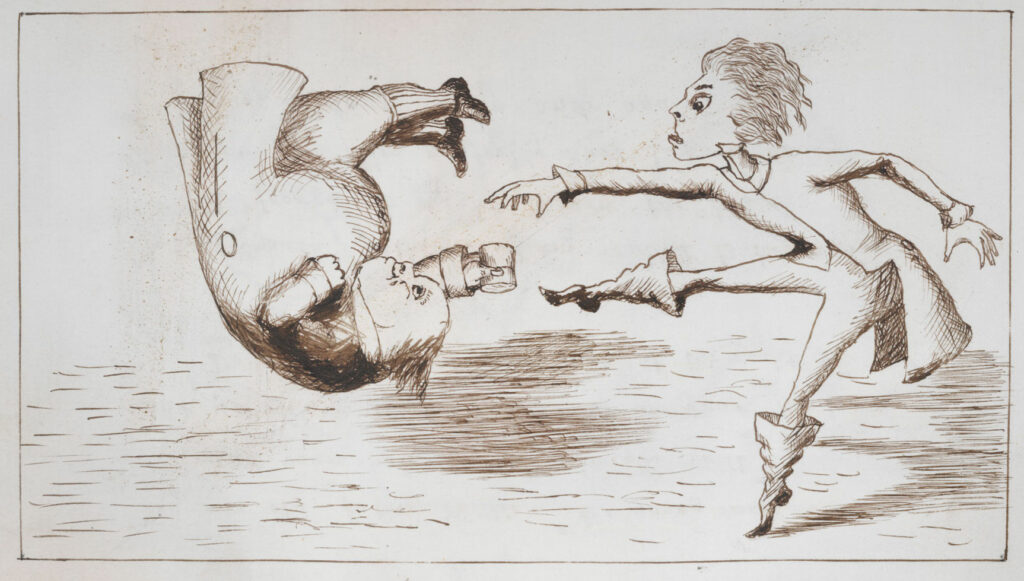
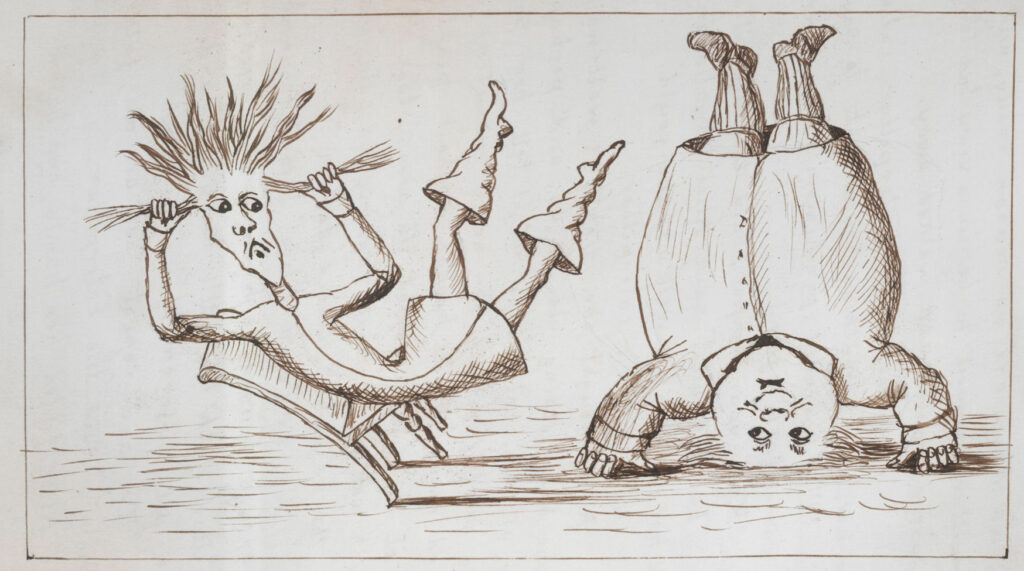
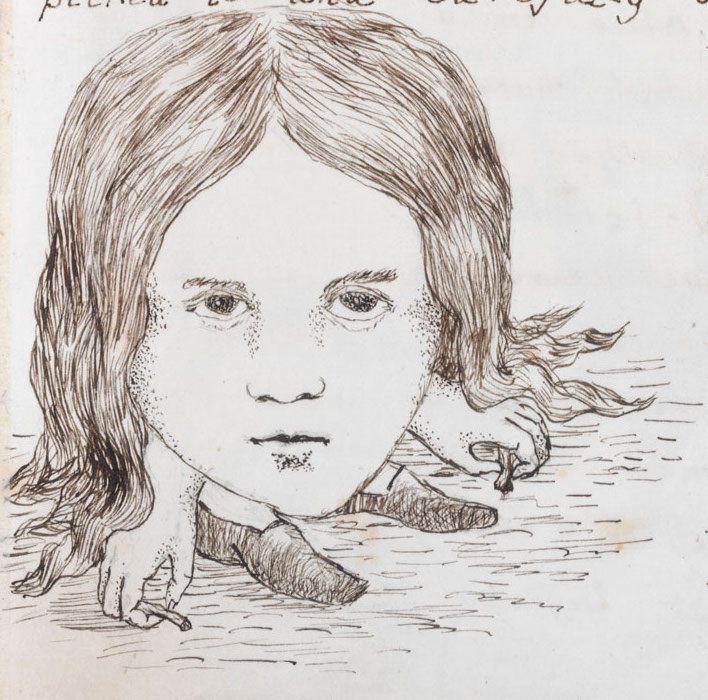



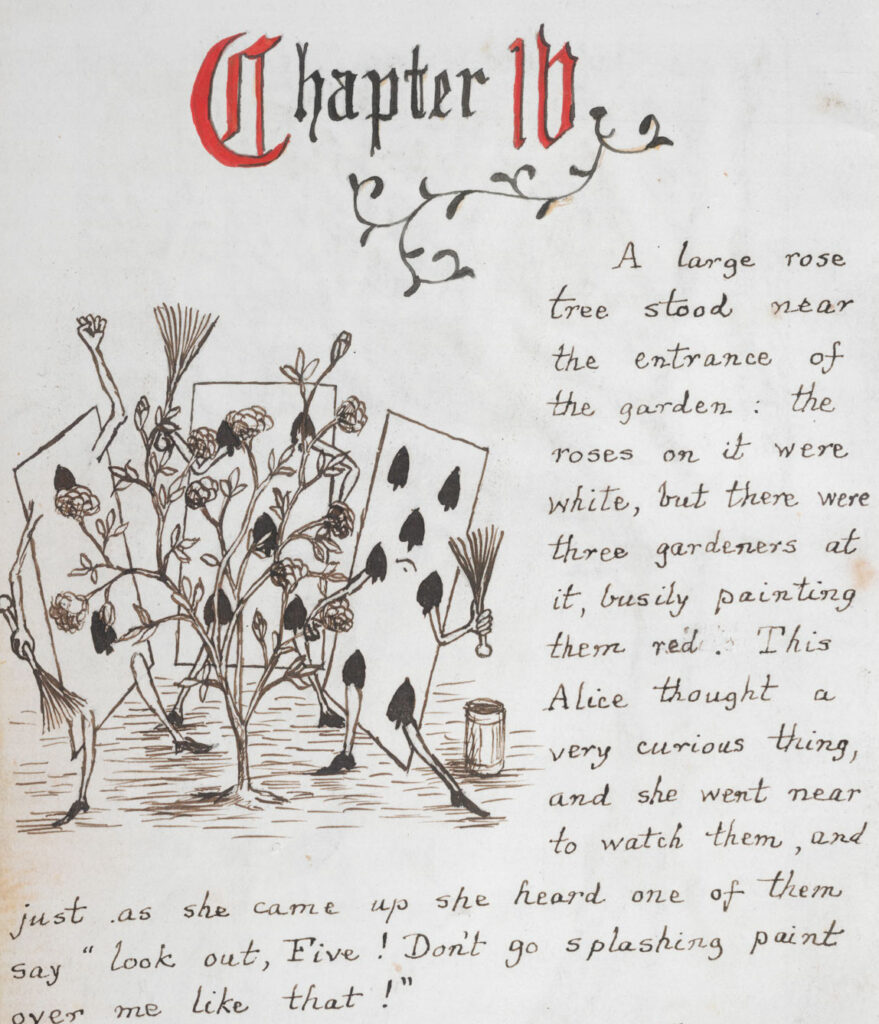

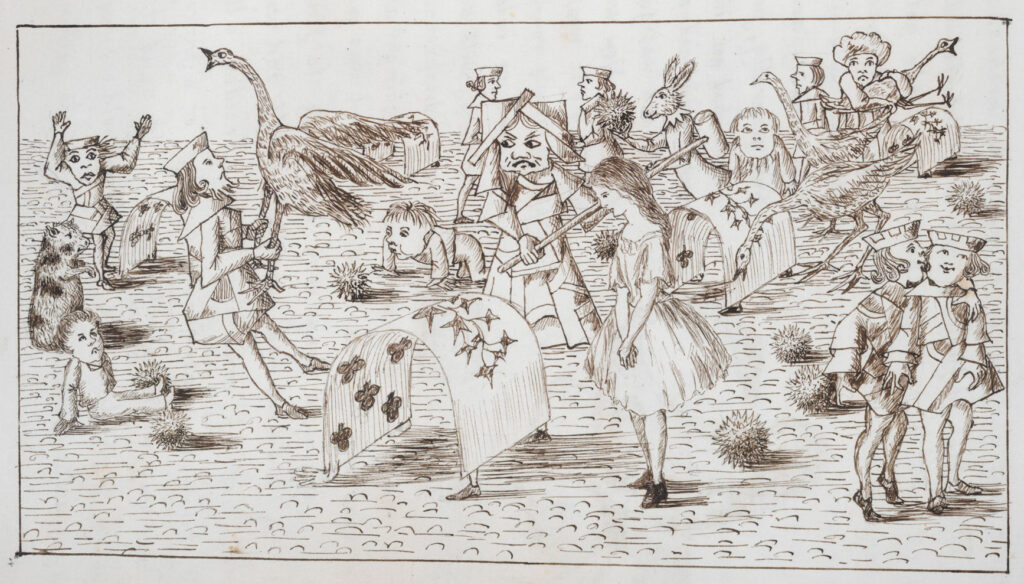
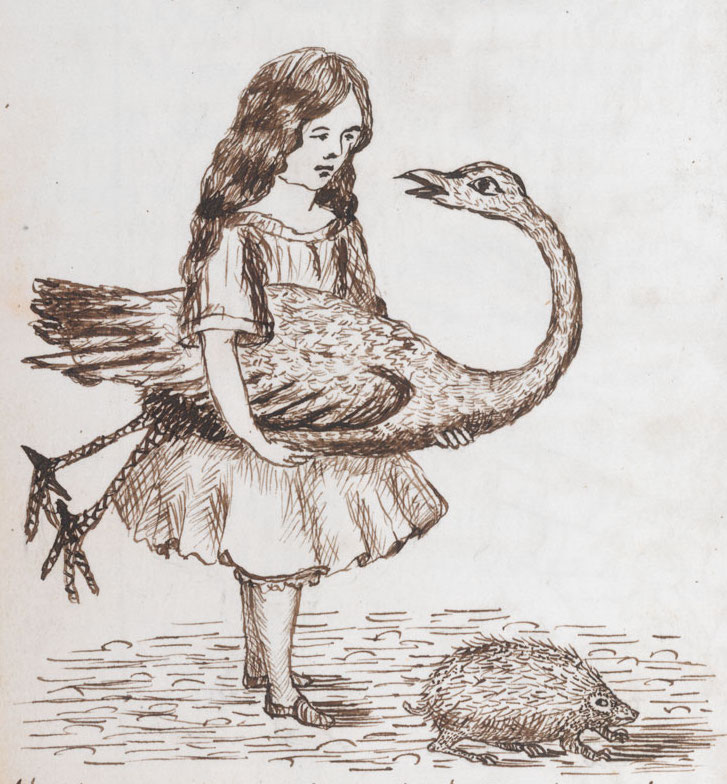
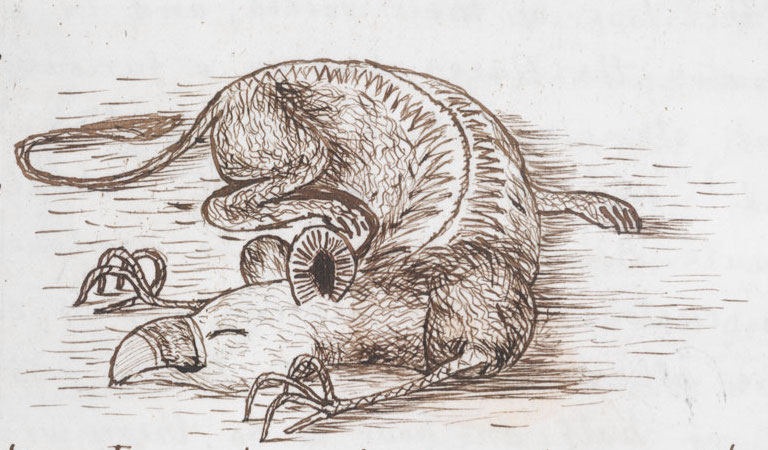


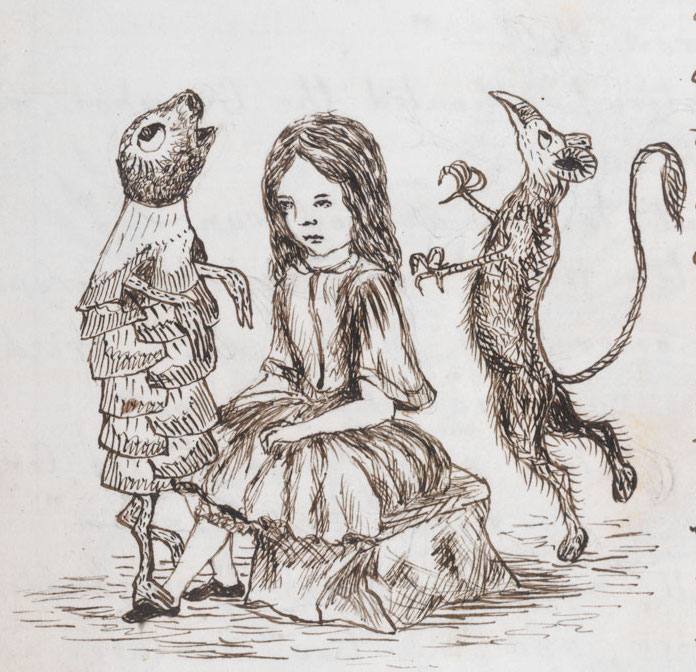
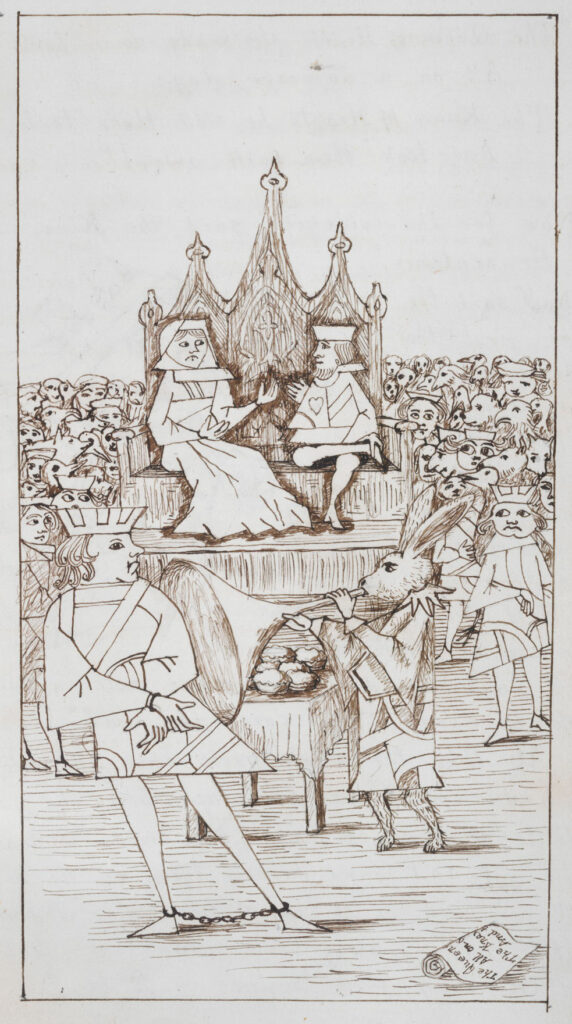





 .
. 
